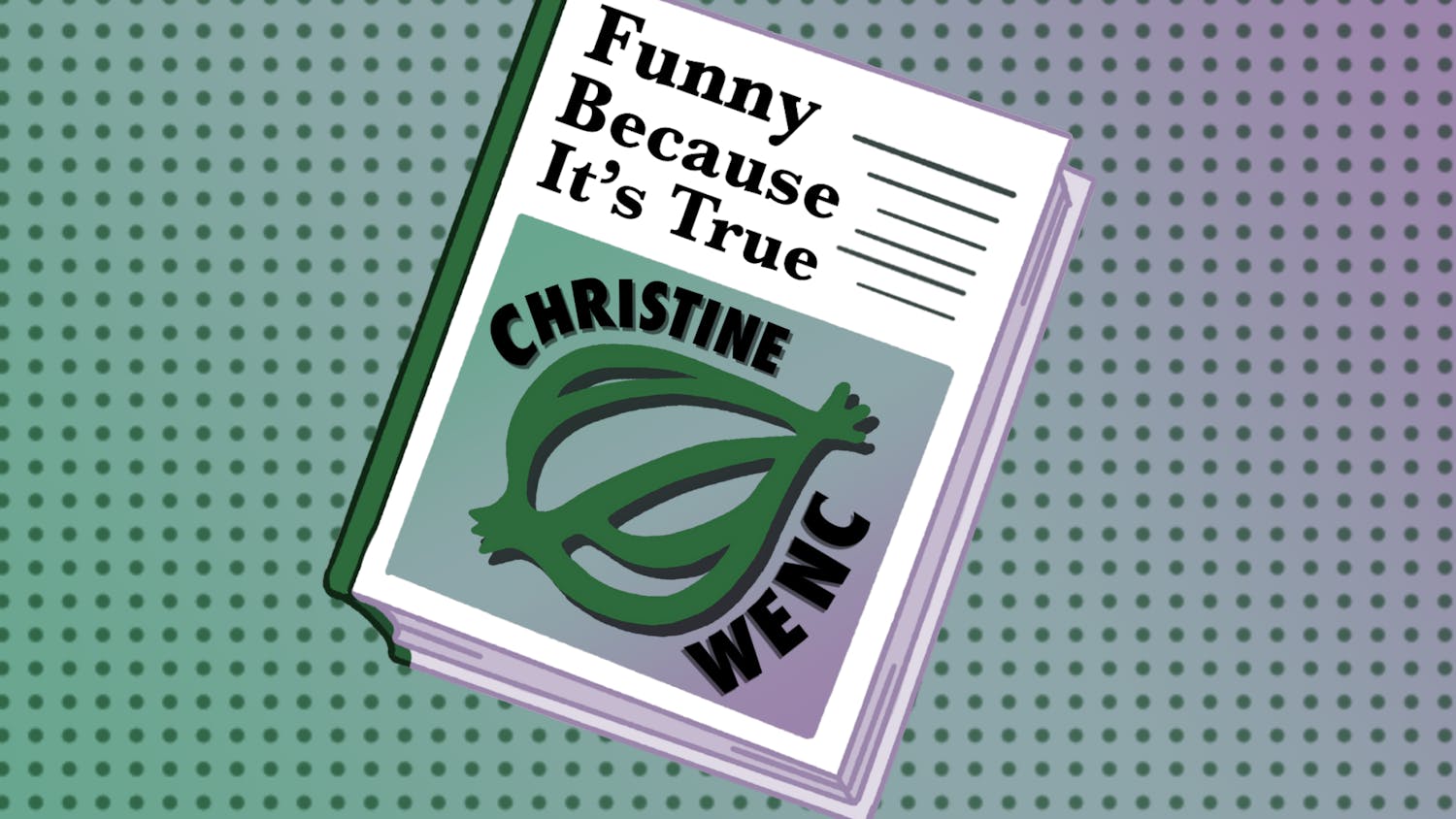For all the praise this year’s Oscars field garnered for being diverse and inclusive, the awards show still featured a familiar shortcoming: zero women nominated for Best Director. This isn’t unusual: In 85 of the show’s 89 ceremonies, the category has been all male, and only four females have ever been nominated (Kathryn Bigelow is the lone winner for “The Hurt Locker”).
“I think it’s very easy right now to only be aware of a white, heterosexual male perspective in movies,” said Kate Zellmer, the associate director of festival programming for WUD Film. “Those are the people who direct movies right now.”
This lack of exposure for female directors is what Zellmer says inspired WUD Film’s Directress Film Festival, which she helped organize. The festival runs Thursday, March 9 through Sunday, March 12 at The Marquee Cinema in Union South. Thirteen films are featured; all are female-directed, and most have female leads as well.
“I’ve always loved female-directed cinema, and I think it’s a field that’s very undervalued in the film industry,” Zellmer said. “I really wanted to highlight those perspectives.”
To say that female-directed films are undervalued may be an understatement: The issue extends well beyond Oscar nominations. Women directed just 7 percent of the top 250 domestic grossing films, a 2 percent decrease from 1998, and audiences were more than twice as likely to see a male character on screen than a female character. The lack of opportunities has become so pervasive the federal government has even investigated discrimination against female directors in Hollywood.
The films in the festival represent a sharp divergence from the largely homogeneous, male-centric world of filmmaking. Beyond their female focus, the films are diverse in other ways: They feature a range of ethnicities and hail from all over the world, with filmmakers from the U.S., Australia, China and Tunisia, among other places.
“We really wanted to make sure to incorporate a lot of diversity, both in terms of genre and in terms of countries and different ethnicities,” Zellmer said.
The films are diverse in their narrative focus as well. Viewers can catch a story about an arranged marriage in India (“Monsoon Wedding”) Thursday, an episodic, globetrotting documentary (“Cameraperson”) Friday or a comedy about a woman dealing with her father’s ridiculous alter ego (“Toni Erdmann”) Saturday.
“I think a lot of times people are like ‘Oh, female directors, they do quirky comedies, or they do small dramas about 40-year-old women,’” Zellmer said. “We wanted to show the wide range of directing that a lot of women have done.”
Aside from the need to showcase underseen films by female directors, Zellmer says the idea for the festival stemmed from the fact that female-centric films typically perform well at the Marquee. According to Zellmer, films such as “Room,” “Moana” and “The Edge of Seventeen” have drawn large crowds. This makes sense in the context of the film industry at large: Despite their lack of opportunities, films by female directors tend to succeed at the box office. For U.S. films between 2010 and 2015, those directed by women had a greater average return on investment than those helmed by men.
Some signs indicate the film industry is starting to take notice of this trend. Ava DuVernay is slated to be the first woman of color to direct a live-action movie with a budget greater than $100 million with “A Wrinkle in Time,” and one of this upcoming summer’s biggest blockbusters, “Wonder Woman,” will be directed by Patty Jenkins. IMDb is now branding movies with an “F” rating to highlight such female-driven projects.
While these advances are promising, the numbers show there’s still a ways to go on the march toward equality. In the meantime, events such as the Directress Film Festival can help to highlight these unappreciated female voices.
“I think that by seeing films by people who aren’t like you, or that showcase perspectives you’re not familiar with, you can broaden your worldview,” Zellmer said.






